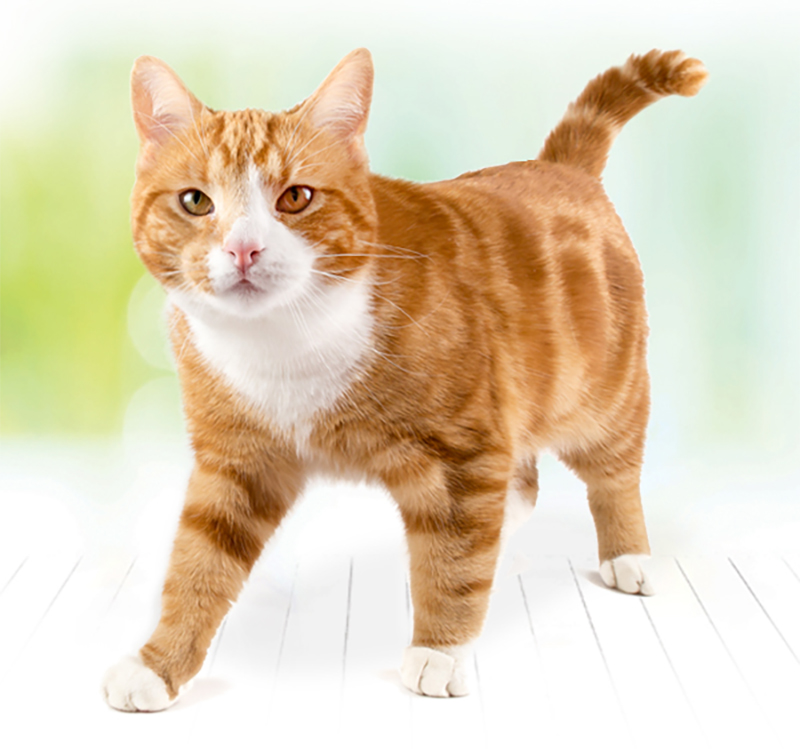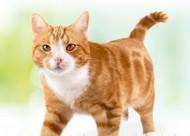A cat's tail
26th Jul 2023

Leonardo DaVinci’s quote “The smallest feline is a masterpiece” is never more true than when it comes to feline anatomy. In addition to being a wonderful creature in so many ways, cats also have some unique anatomical abilities that they share with no other species.
Did you know that cats have 244 bones in their body? Humans only have 206.
A cat’s tail contains almost 10 percent of the cat’s bones, and acts as a counterweight in helping him keep his balance, particularly while walking along a narrow space or making sudden turns.
A cat’s tail also communicates his mood. Understanding “tail speak” is an important part of knowing your cat.
A cat’s tail is highly communicative. A friendly and relaxed cat will have its tail straight up in the air, the tail may even quiver. This is a sign that the cat is happy to see you!
A tail lightly brushing or wrapping around your legs spells affection and approval.

A cat whose tail is straight up in the air, but with a slight curve in the tip of the tail, is still happy, but perhaps, a little unsure. A tail extended straight back is still a friendly sign. This could be considered a “neutral” gear. The cat is not fearful or aggressive. A tail curved around the cats’ legs like a statue shows that the cat is alert and interested.
Once the tail goes straight down, this signals the beginning of aggression. A slight curve at the top of a tail that goes straight down may express a slightly aggressive, defensive stance. Watch out if your cat’s tail become puffed up: this is either a sign of aggression, or fear. Approach with caution. A swishy tail indicates anger, excitement or irritation. A quick lashing motion, sometimes accompanied by flattened ears, is a sign that your cat wants to be left alone, and may attack if you continue petting him.
When a cat is at play or watching birds out a window, his crouched posture, with the tail flicking back and forth, mimics the behaviour of a big cat stalking its prey.
Learning to watch and understand your cat’s body language can help mitigate problems in a multiple cat household, and it can go a long way towards avoiding any misunderstandings between cat and human. Your cats will thank you for it.
